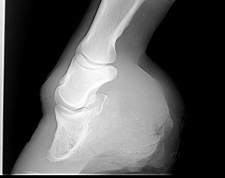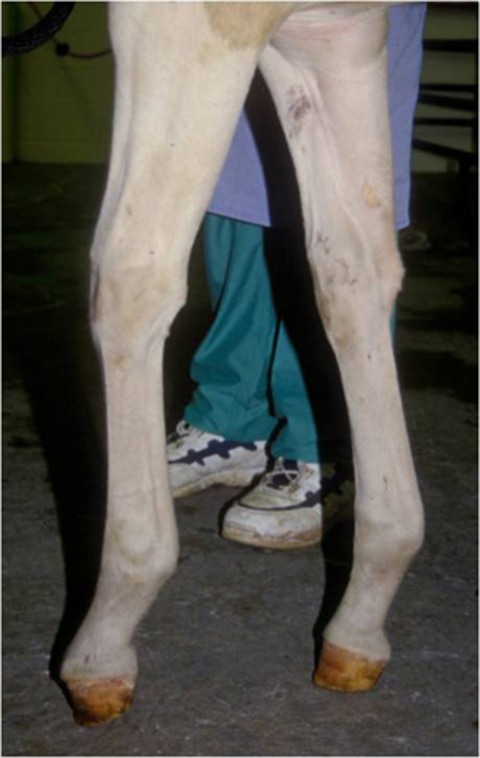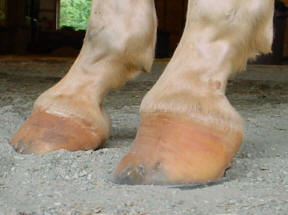club foot horse cause
Type 1 means that the hoof to ground angle at the front of the hoof is greater than 60 degrees but less than or. Generally the greater the upright angle the more severe the club foot.
Treatment varies with the age of the horse and.
. A club foot is an upright foot caused by a shortening of the tendon and muscle of deep digital flexor unit. An injury to the foot is a. There are many possible causes of club foot in horses but the most common cause is simply genetics.
The normal range of hoof angle is 50 to 55 degrees while a club foot might stand at more than 60 degrees. Club foot is a condition of an increased hoof angle above 60 degrees. There are varying degrees of club foot.
Club foot can develop in mature horses too for similar reasonsany injury or chronic pain that causes a horse to consistently favor one foot can lead to contracting and shortening of the muscles and tendons specifically the deep digital flexor tendon and muscle apparatus in that leg eventually pulling the foot into a more upright position. INJURY One of the more commonly accepted causes is the result of an injury most notably supra-scapular nerve damage. The up foot is accompanied by a broken forward pastern that is the hoof is steeper than the pastern Photo 1.
Club foot can also be caused by an injury to the foot although this is relatively rare. Foaling trauma foal grazing stance overly fast growth of limbs injury or. The classic club foot is upright and contracted and there may be a.
In club footed horses the abnormal contraction of the tendon causes the coffin bone to rotate which pulls the toe down and creates that upright hoof structure. Caused by abnormal contraction of the deep digital flexor tendon a club foot puts pressure on the coffin joint and initiates a change in a hoofs biomechanics. If the condition persists after weaning surgery will probably be needed.
Ance of the foot where there is little expansion of the hoof capsule giving a club-like appearance but this is an overly simplistic definition. Forced but limited daily exercise is essential to success. Veterinarians tend to classify club feet either by type or by grade.
Club foot can occur before or after birth in foals. FIVE POTENTIAL CAUSES There are several theories on what can cause a club foot to occur. Causes of club foot Club foot has several possible causes.
Causes of Club Foot in Horses. Of club foot A horse with club foot has one hoof that grows more upright than the other. If a horse is born with club foot it is likely because one or both of its parents had the condition.
Treatment varies with the age of the horse and. Many stem from the understanding that situations limiting the range of movement in a horses limb can cause a hoof to grow more upright. Example of a club foot.
Example of a club foot. It also may cause decreased blood flow to the foot which results in thin soles that are prone to abscesses. The term clubfoot gets thrown around a lot when describing the way a horse particularly a sale prospect looks.
January 27 2015 By Kentucky Equine Research Staff. Infection and arthritis are also possible causes of club. The clinical presentation in the horse can range from a mildly upright and a small foot to one that is buckled for-ward with an angle greater than 90 at the distal.
Telltale signs of a club foot may include an excessively steep hoof angle a distended coronary band growth rings that are wider. Be aware that horses that develop a club foot will always have one foot smaller than the other have a weak toe that may need the protection afforded by a shoe if ridden may have limb length disparity are. After birth foals acquire club feet when the bones grow faster than the tendons.
An injury to the foot is a. Club foot refers to a tendon flaw that causes the hoof to be very upright. This report contains information on the symptoms causes treatment and prognosis of club foot.
Causes include nutritional issues heredity position in the uterus or injury. Efficacy and safety of suprachoroidal triamcinolone injection in horses with poorly. The excessive pull on the deep digital flexor tendon DDFT turns the coffin bone downward loading shifts to the toe area and the hoof changes shape in response.
A foals bones growing too. Frequently there is mild flexion of the coffin joint with a broken hoof pastern axis. The equine club foot is defined as a hoof angle greater than 60 degrees.
What we see externally as the equine clubbed foot is actually caused by a flexural deformity of the distal interphalangeal joint coffin joint. Often club foot affects both front legs with one being more severe than the other. Caused by abnormal contraction of the deep digital flexor tendon a club foot puts pressure on the coffin joint and initiates a change in a hoofs biomechanics.

Club Foot Or Upright Foot It S All About The Angles

Flexural Deformities In Horses Musculoskeletal System Merck Veterinary Manual

Why Some Horses Develop A Clubbed Foot Holistichorse Com
Club Foot In Horses Equine Chronicle

Is This A Club Foot Horsetalk Co Nz
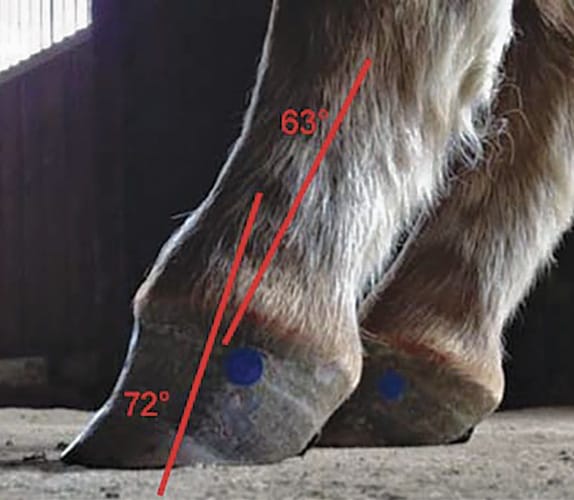
Defining And Fixing A Horse S Club Foot

The Club Foot Is It No Big Deal Or A Deal Breaker

How D That Happen Origins And Remedies For Clubfoot Horse Racing News Paulick Report

How To Treat Club Feet And Closely Related Deep Flexor Contraction

Ballerina Syndrome Where The Heels Remain Off The Ground Even At The Download Scientific Diagram
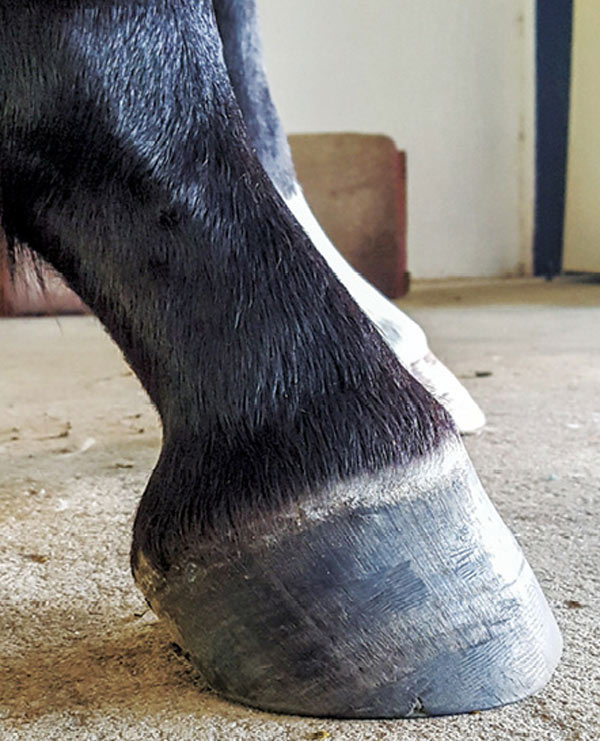
Club Foot Or Upright Foot It S All About The Angles
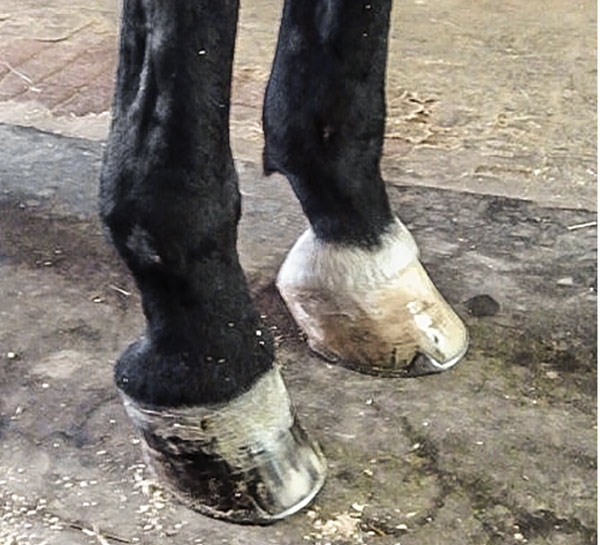
What Advice Has Been Most Helpful When You First Encounter A Club Foot

